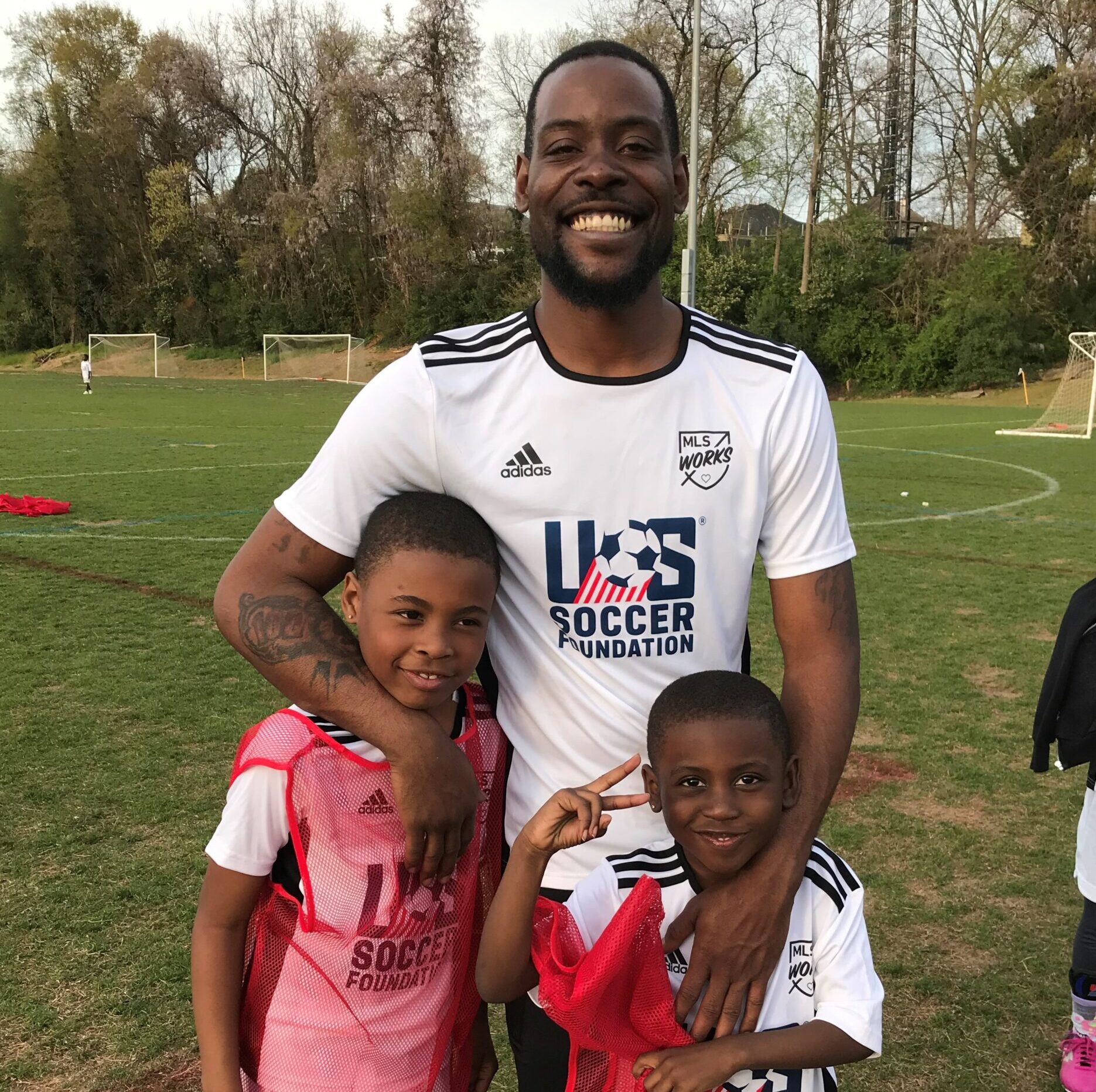Policy Call to Action
Advance Federal Reform to Prioritize Youth Sports
Following recommendations from the 2024 Commission on the State of the U.S. Olympics and Paralympics (Commission), federal policy must evolve to better support youth sports. This includes amending the Ted Stevens Act to relieve the U.S. Olympic & Paralympic Committee (USOPC) from its oversight role of grassroots sports, establishing a dedicated federal office or agency, and reforming SafeSport legislation to better protect young athletes.
→What this looks like when we get it right: A federal Office of Sport and Fitness sets national standards, funds programming, and aligns youth sports with broader policy priorities like public health, education and juvenile justice.
→Who can drive this change? Government, including state and federal policymakers, Departments of Health and Human services; Coach Education, including MCC partner orgs’ Program Operators, including youth and grassroots sport organizations; Sports Governance, including national governing bodies

Why This Issue
Unlike most countries, the United States does not have a federal agency responsible for regulating sports at the youth, grassroots, and community levels. The USOPC is currently tasked with oversight, but has long acknowledged the challenges of supporting elite athletes and growing the grassroots ecosystem. Changing the system to better support youth well being requires changing the structures we currently have to support youth sports.
Getting Started
Create a dedicated federal office for youth sports. The 2024 Passing the Torch Commission report recommends removing grassroots sports from USOPC oversight and creating a new Office of Sport and Fitness (OSF) within the U.S. Department of Health and Human Services. This office would be responsible for:
- Setting national safety and quality standards
- Conducting and sharing research and data
- Supporting youth-serving organizations
- Coordinating with state and local bodies
Congress should fund the OSF and distribute federal grants to state and local organizations to improve youth sport access, safety, and quality.
Align youth sport with public health, education and crime prevention goals. The OSF would collaborate with other federal departments (e.g., education, public health, juvenile justice, substance abuse prevention) to position youth sport as a public health and development priority. Youth sports would be included in funding streams across agencies, with states tailoring implementation to fit their needs, following a model similar to Maternal and Child Health block grants to states.
Reform SafeSport to strengthen athlete protection. The Commission also recommends updating the SafeSport Act and the operation of the Center for SafeSport to strengthen efforts to ensure athlete safety. Suggested reforms include:
- Implementing a regional system for handling abuse cases, with national oversight for severe cases
- Establishing an accreditation system for youth and grassroots sports organizations based on safety benchmarks and participating in the Centralized Disciplinary Database
These reforms align with our recommendations to 1) create state-level commissions that would be responsible for managing complaints and 2) ensure background checks, SafeSport training, and coach licensing to prioritize safeguarding protocols are fully integrated into youth sport systems.
Build on existing infrastructure and congressional support. While federal expansion may take time given the current divestment in government services, there is precedent and political will. Congress has expressed support for expanding access to sport and fitness, and infrastructure such as the President’s Council on Physical Fitness and the National Youth Sports Strategy already exists to build upon. A new agency would fill a critical gap, coordinating and elevating youth sport as a national priority.
Game Changing Content
| Item | Description |
|---|---|
| USOPC Commission Report |
Final report of the group seated by Congress to study the organizations at the center of the Olympic and Paralympic Movement in the United States. Key recommendations begin on page 120. |